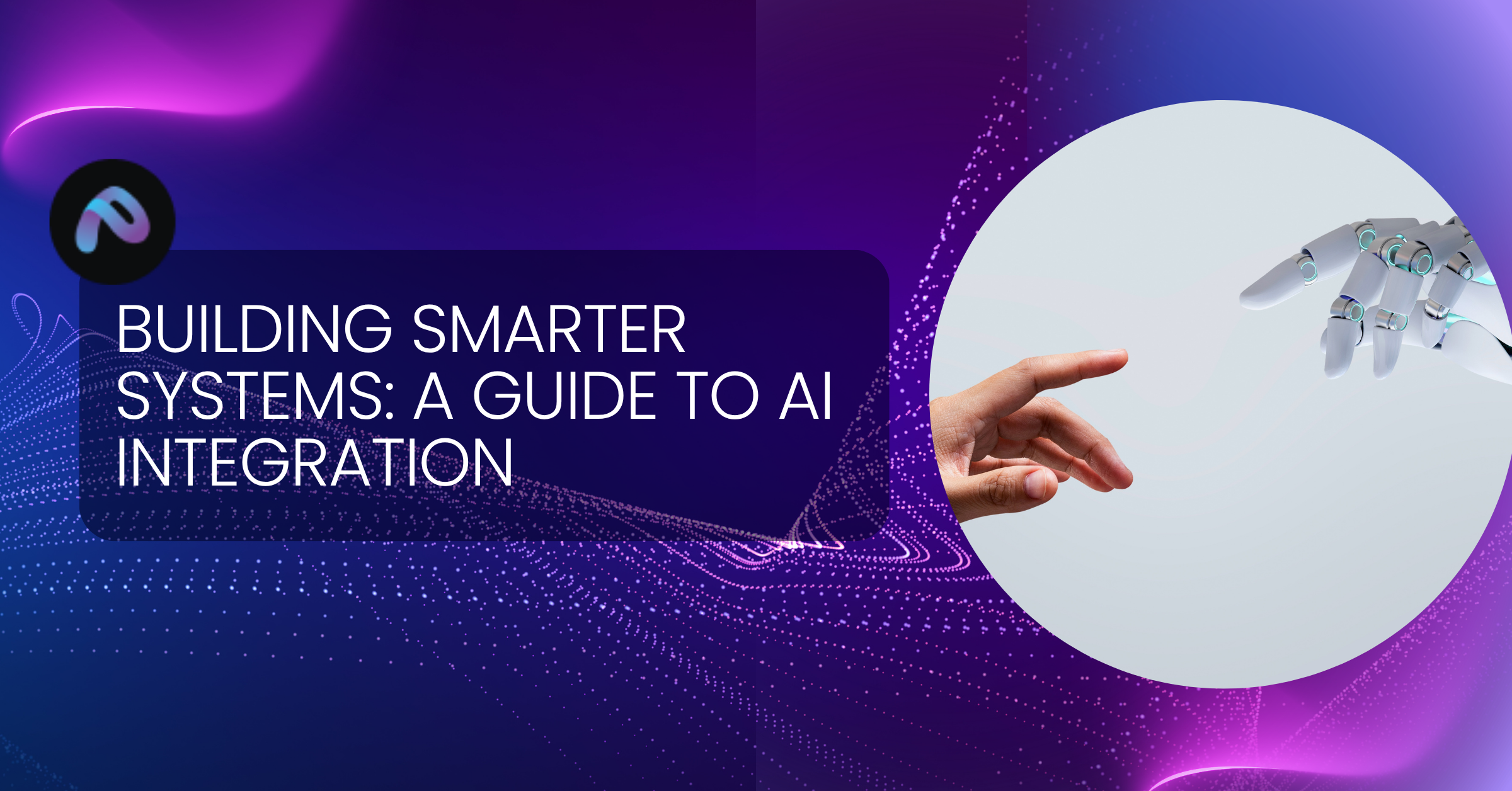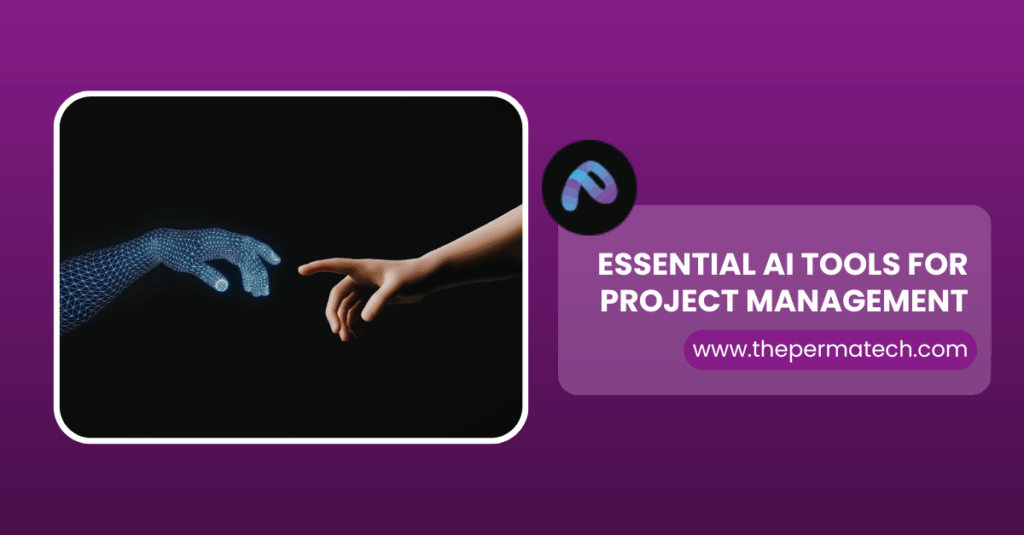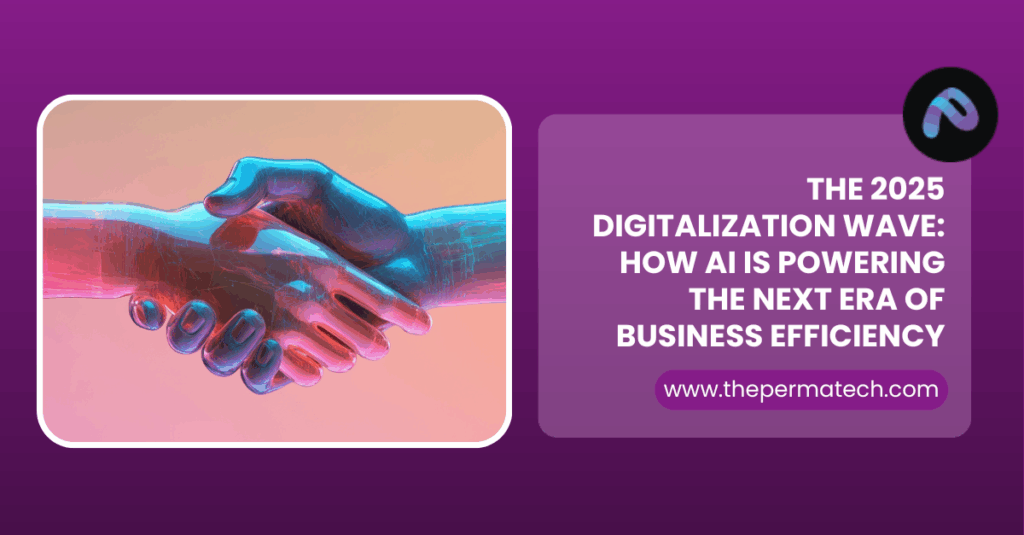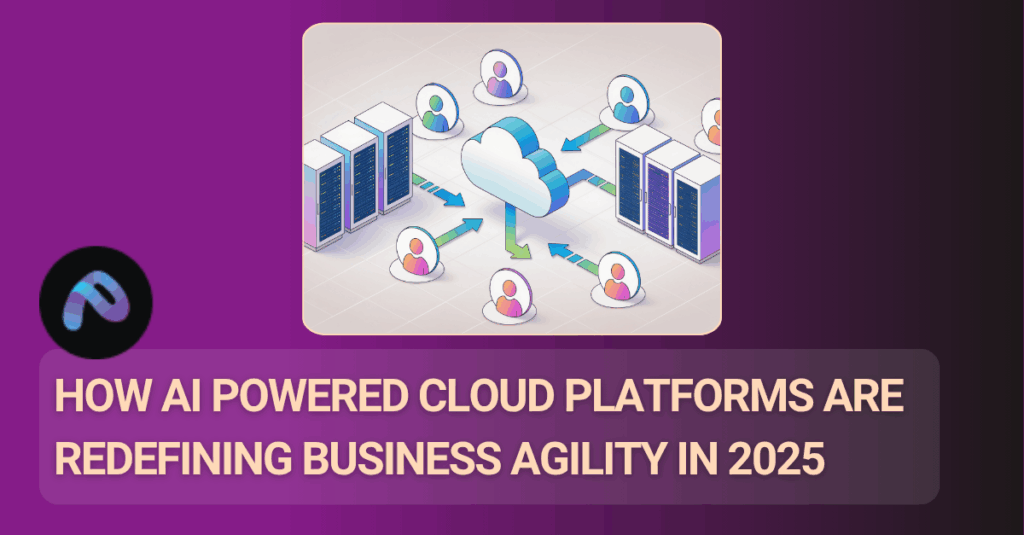Artificial Intelligence (AI) is no longer a futuristic concept,it’s a competitive necessity. From predictive analytics and automation to intelligent decision making, AI is transforming the way businesses operate across every sector. But for many organizations, the journey from ambition to implementation is anything but straightforward.
In this guide, we’ll explore the current state of Artificial Intelligence integration, supported by recent data, and offer a step by step roadmap for organizations seeking to build smarter systems using AI.
The Current State of AI Integration in 2025
AI adoption has seen exponential growth in recent years. According to McKinsey’s 2025 Global AI Survey, over 72% of businesses have adopted at least one AI function, compared to just 25% in 2018. The momentum is even stronger in sectors like financial services, healthcare, manufacturing and retail.
Key Trends Driving AI Integration
Generative AI Explosion
Tools like ChatGPT, DALL·E and Google’s Gemini are now mainstream. Companies are embedding generative Artificial Intelligence into marketing, HR and customer service. According to Gartner, over 45% of enterprise level organizations will use generative Artificial Intelligence for business operations by the end of 2025.
AI-Powered Automation
Robotic Process Automation (RPA) combined with Artificial Intelligence (known as Intelligent Automation) is streamlining repetitive tasks in supply chains, accounting, and data entry.
AI and Cybersecurity
With cyber threats increasing, organizations are turning to Artificial Intelligence for real time threat detection and predictive risk modeling. The global market for Artificial Intelligence in cybersecurity is projected to reach $61.2 billion by 2030 (Allied Market Research, 2024).
AI in Decision Support
AI is being used to assist with complex decision making by analyzing massive datasets in real time. In 2025, more than 60% of strategic decisions in enterprise organizations involve some AI driven recommendation engine.
Benefits of Integrating AI into Your Systems
Integrating AI is not about replacing humans,it’s about augmenting human decision making and creating more efficient, intelligent systems. The advantages include:
- Cost savings from automation and optimized resource allocation.
- Faster decision making using predictive models.
- Better customer experiences through personalization and 24/7 support.
- Higher accuracy in forecasting, planning, and diagnostics.
- Scalability across departments and business units.
Challenges to AI Integration
Despite the benefits, most businesses encounter several roadblocks on the road to Artificial Intelligence integration:
- Data quality and availability: Artificial Intelligence is only as good as the data it’s fed.
- Talent gaps: Hiring data scientists, machine learning engineers, and Artificial Intelligence specialists is expensive and competitive.
- Infrastructure needs: Not all organizations have the computing power or cloud capabilities to support Artificial Intelligence workloads.
- Governance and ethics: Artificial Intelligence raises questions about bias, transparency, and data privacy.
- Change resistance: Operational teams may be slow to adopt or trust Artificial Intelligence generated insights.
Step by Step Guide to Building Smarter Systems with AI
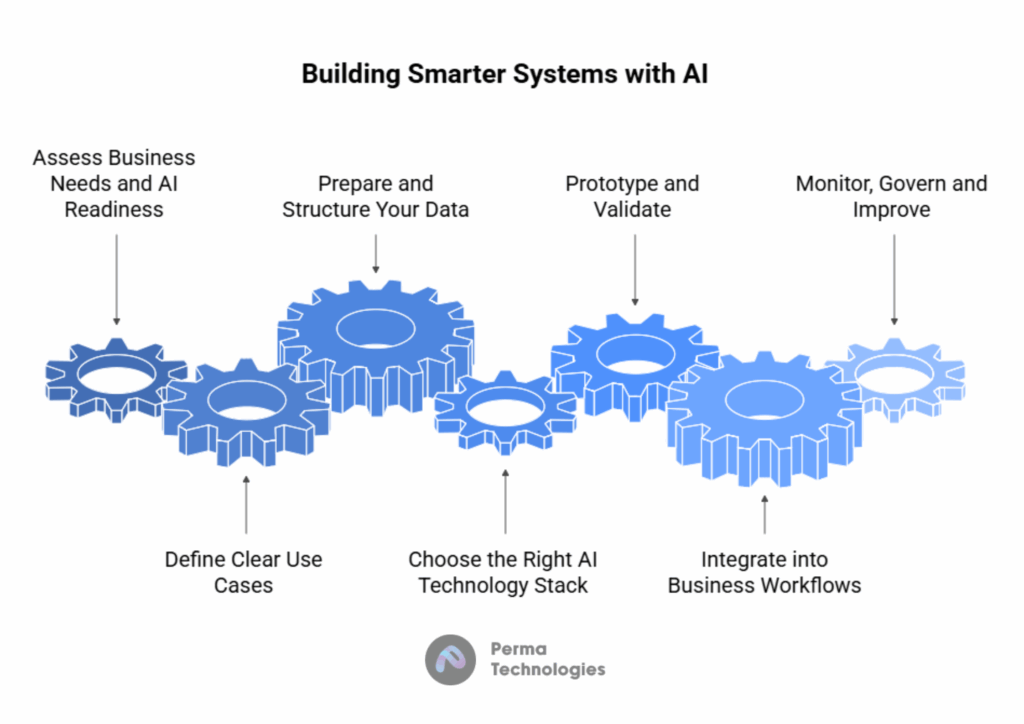
To successfully integrate AI into your business systems, a structured approach is essential for smarter system.
1. Assess Business Needs and AI Readiness
Before you dive into models and algorithms, you need to understand where AI can deliver the most value. Ask:
- Which business processes are repetitive or data heavy?
- What decisions rely on large volumes of information?
- Where are the current pain points in terms of speed, accuracy or cost?
Conduct an AI readiness audit, focusing on infrastructure, data maturity, leadership alignment and talent.
2. Define Clear Use Cases
Start small with focused, high impact use cases. Some common examples include:
- Sales & Marketing: Lead scoring, personalization, churn prediction.
- Customer Service: Chatbots, sentiment analysis, support ticket routing.
- Operations: Demand forecasting, route optimization, inventory management.
- HR: Resume screening, attrition prediction, employee engagement analysis.
Be sure to define success metrics,e.g., time saved, cost reduced, NPS improvement, etc.
3. Prepare and Structure Your Data
AI thrives on clean, structured and relevant data. Prioritize:
- Data integration: Combine disparate datasets across departments.
- Data labeling: Especially for supervised learning, labeled data is key.
- Data governance: Ensure compliance with GDPR, HIPAA, and internal policies.
According to Accenture, 85% of AI project failures are due to poor data quality or access limitations. Investing in data infrastructure is non negotiable.
4. Choose the Right AI Technology Stack
You don’t need to build everything from scratch. Depending on your needs and resources, you can:
- Use off the shelf tools (e.g., Google Vertex AI, Azure ML, Amazon SageMaker).
- Build custom solutions using open source libraries (TensorFlow, PyTorch, scikit-learn).
- Partner with AI solution providers for niche use cases (e.g., cybersecurity, logistics, marketing automation).
Your tech stack should support:
- Data ingestion and storage (e.g., Snowflake, BigQuery)
- Model training and deployment (e.g., MLFlow, Kubeflow)
- Monitoring and feedback loops (e.g., Grafana, Prometheus)
5. Prototype and Validate
Use a Minimum Viable Model (MVM) approach:
- Train a small scale model on a subset of your data.
- Test performance using known metrics: accuracy, precision, recall, etc.
- Involve domain experts to validate predictions and outputs.
Iterate quickly and continuously machine learning models improve over time with feedback and retraining.
6. Integrate into Business Workflows
A model is only useful if it’s embedded into business processes. For example:
- Integrate recommendation models into your e-commerce platform.
- Embed fraud detection into your payment processing system.
- Connect demand forecasts directly to your ERP for automated reordering.
Use APIs, middleware, or automation tools like
Zapier, MuleSoft or Airflow to ensure seamless integration.
7. Monitor, Govern and Improve After deployment:
- Monitor model drift and retrain when performance degrades.
- Log decisions made by AI systems for transparency.
- Set up escalation mechanisms for human intervention.
Include ethics and compliance checks especially in regulated industries. Create an AI ethics board or review committee to handle concerns around bias or misuse.
Real World Examples of Smart AI Integration
1. UPS – AI Powered Route Optimization
UPS uses its ORION system, powered by AI, to optimize delivery routes for its 60,000+ drivers. This has saved the company over 10 million gallons of fuel annually, reduced emissions, and improved delivery speed.
2. Mayo Clinic – AI in Medical Imaging
The Mayo Clinic integrates AI into diagnostic imaging tools. Deep learning algorithms analyze CT and MRI scans to detect anomalies with higher accuracy than human radiologists in some cases, allowing earlier intervention and better outcomes.
3. Netflix – AI Driven Content Recommendations
Netflix uses AI to analyze user behavior and content features to recommend shows. Over 80% of watched content is based on algorithmic recommendations, significantly increasing user engagement and retention.
AI Integration: Future Outlook
By 2030, AI could add $15.7 trillion to the global economy (PwC). But only organizations that strategically and responsibly integrate AI into their workflows will see sustainable value.
Expect the rise of:
- AI co pilots for every department (Sales, HR, Finance)
- Edge AI for IoT and real time analytics
- Explainable AI (XAI) for greater transparency
- Autonomous systems in logistics, agriculture, and manufacturing
Final Thoughts
Building smarter systems with AI is not about having the latest tech,it’s about solving the right problems. Businesses that succeed in AI integration will not be the ones with the biggest budgets, but those with the clearest strategies, cleanest data and strongest alignment between humans and machines.Now is the time to lay the foundation for AI. Start small, scale wisely, and always keep the human at the center.

